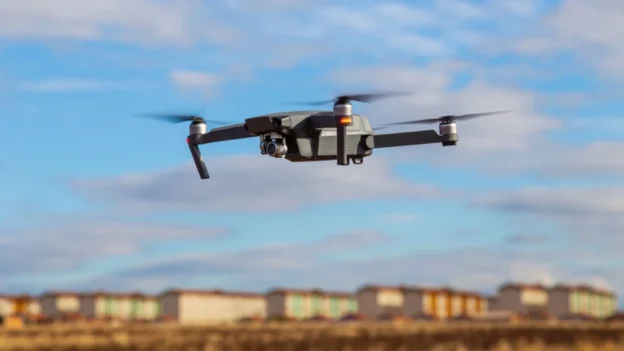Researchers at the University of Seville have succeeded in incorporating a fuel cell powered by renewable hydrogen into an unmanned aircraft. unmanned aircraft of the MUGIN 350 type. The development team, led by professors Carlos Bordons Alba and Sergio Esteban Roncero, has worked together with researcher Javier Quintana Hernández in the framework of the European project U5-Space, focused on the intelligent management of drone traffic in cities.
Emission-free propulsion based on fuel cell technology
The propulsion system is based on a hybrid architecture that combines lithium-ion batteries with a hydrogen fuel cell obtained by electrolysis using solar energy. This technology allows operation free of polluting emissions, with water vapor being the only by-product.
One of the most complex challenges has been the integration of a conformable hydrogen tank, designed by the company Go Ahead Solutions. This component was developed to adapt to the aerodynamic conditions of the drone, ensuring safety and efficiency in gas storage.
Prior to flight deployment, the system has undergone laboratory tests with simulated mission profiles. It is currently undergoing flight tests to evaluate its performance in real operational scenarios.
A collaborative innovation ecosystem
The project U5-Space project is financed by CDTI through Next Generation EU funds, and has a consortium of entities such as Zelenza, Grupo Amper, GEOAI, Fundetel, Cedint-UPM and DIT ETSIT UPM. This multidisciplinary ecosystem seeks to position Spain as a European benchmark in urban aerial mobility based on renewable energies.
This research is also aligned with the objectives of the ENGREEN Excellence Unit of the University of Seville, which works on solutions for the energy transition. It involves more than twenty researchers from different departments who are driving advances in electrification of transportefficient energy management and integration of clean sources.
The assembly and validation of the system has been supported by technical staff and university students. The participation of scholarship holders Álvaro Gomar and César Morales and workshop teacher Pablo Máiz is noteworthy, which reinforces the link between research, applied training and technological development.
Source: University of Seville
Photo: Shutterstock

